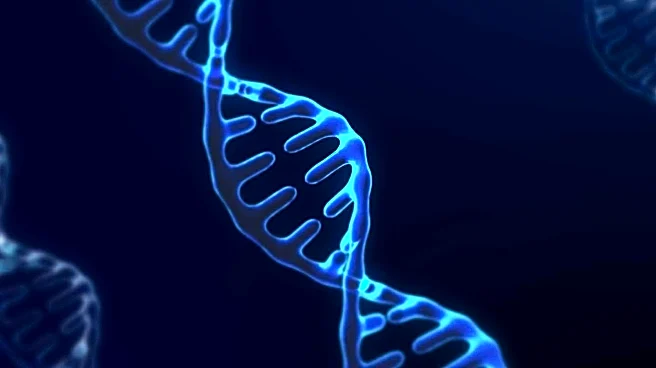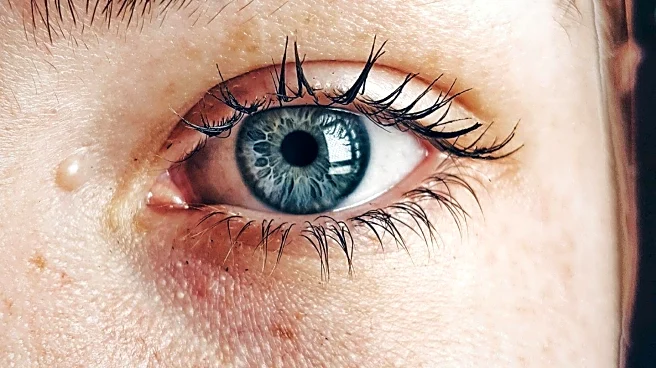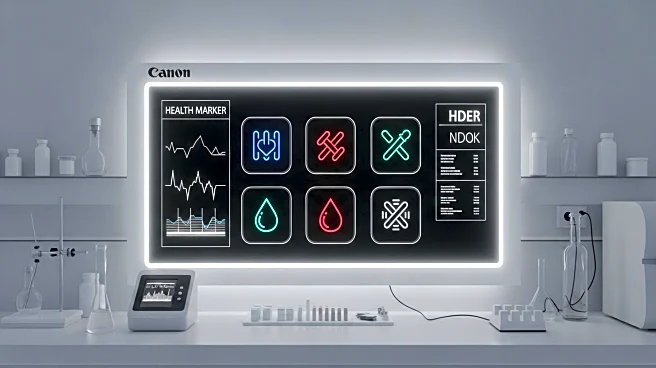What's Happening?
CND Life Sciences, a medical technology company based in Scottsdale, Arizona, has announced that its Syn-One Test has been granted Breakthrough Device Designation (BDD) by the U.S. Food and Drug Administration (FDA). The Syn-One Test is designed to aid in the diagnosis of synucleinopathies, which include conditions such as Parkinson's disease, dementia with Lewy bodies, and multiple system atrophy. These conditions are often difficult to diagnose due to their diverse clinical features. The test uses a minimally invasive procedure involving three small skin biopsies to detect abnormal phosphorylated alpha-synuclein proteins in cutaneous nerves. The FDA's Breakthrough Devices Program aims to expedite the development and review of medical devices that provide more effective treatment or diagnosis for life-threatening or irreversibly debilitating conditions.
Why It's Important?
The FDA's designation of the Syn-One Test as a breakthrough device underscores its potential to significantly improve the diagnosis of synucleinopathies. These conditions are challenging to diagnose accurately, often leading to delays in treatment. By providing a more reliable diagnostic tool, the Syn-One Test could enhance clinical decision-making and patient outcomes. The test's high sensitivity and specificity, as demonstrated in studies, suggest it could become a valuable asset in the clinical setting, potentially altering diagnoses and treatment plans for a significant number of patients. This development could also stimulate further research and innovation in the field of neurodegenerative diseases.
What's Next?
With the Breakthrough Device Designation, CND Life Sciences will work closely with the FDA to advance the Syn-One Test towards a future filing. The designation allows for increased interaction with FDA experts and priority review, which could accelerate the test's availability to a broader patient population. The company plans to continue its research and collaboration with biopharmaceutical companies to explore the test's potential in early disease detection and prognostic insights. As the test becomes more widely used, it may lead to changes in clinical practices and guidelines for diagnosing synucleinopathies.











